Why grow tomatoes?
If you’re looking for a delicious and healthy fruit to add to your garden, look no further than the tomato. Tomatoes are not only a versatile fruit that can be used in a variety of dishes, but they are also packed with nutrients like vitamin C and lycopene. In addition, tomatoes are relatively easy to grow, even for beginners. So what are you waiting for? Get started on your tomato garden today!
The best time to plant tomatoes
When it comes to planting tomatoes, timing is everything. The best time to plant tomatoes is in the spring, after the last frost. This ensures that your plants will have the warm weather they need to thrive. Planting too early can be risky, as a late frost can damage or kill your young plants. But if you wait too long to plant, your tomatoes may not have enough time to mature before the first frost of fall.
Sunlight: how much sun tomato needs
When it comes to sunlight, tomatoes are one of the most sun-loving plants out there. In fact, they need at least six hours of direct sunlight each day in order to produce fruit. If you live in an area with shorter days or less than ideal growing conditions, you may need to supplement your tomato plants with artificial light. If you do choose to use artificial lighting, be sure to buy the right type of bulb. Tomato plants need a full-spectrum light that provides both red and blue light in order to grow properly.
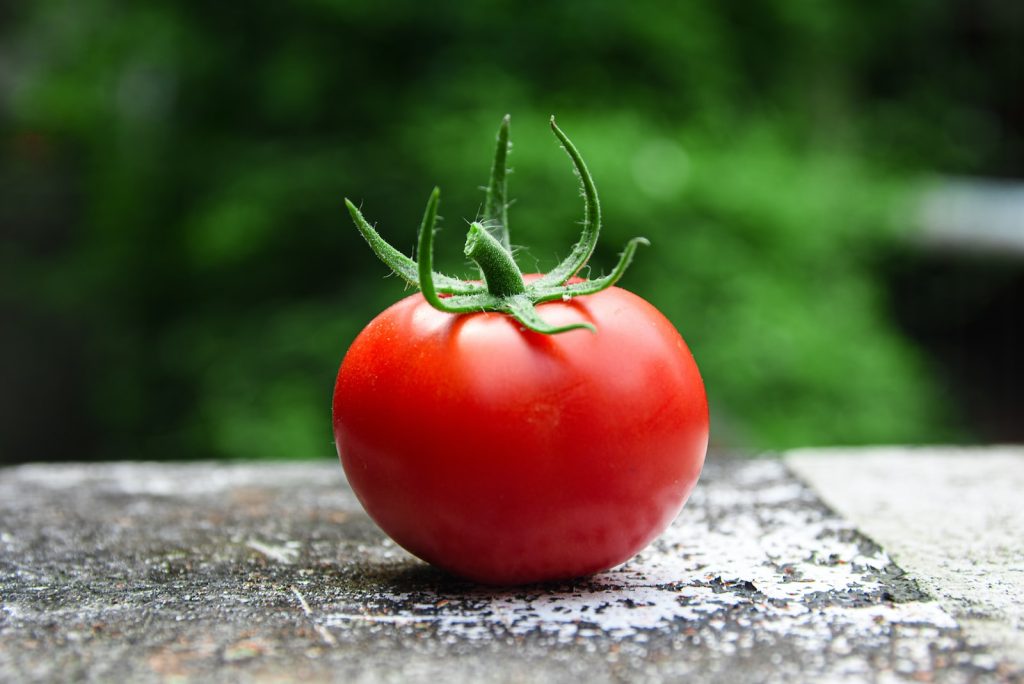
Temperature: what temperature range is best for tomatoes
Temperature is one of the most important things to consider when planting and caring for tomatoes. The ideal temperature range for tomatoes is between 65-80 degrees Fahrenheit. daytime temperatures that are too hot or too cold can stress the plants and decrease fruit production. Nighttime temperatures that are too low can also damage the plants. Tomatoes like warm weather, but they can’t take heat waves. If daytime temperatures exceed 90 degrees Fahrenheit for more than a week, the plants will start to suffer.
The leaves will turn yellow and the fruit will stop ripening. To prevent this, make sure to plant your tomatoes in an area that gets plenty of sun but is protected from extreme heat. If you live in an area with cool nights, you can still grow great tomatoes by using floating row covers or plastic tunnels.
Where to plant tomatoes
There are a few things to consider when deciding where to plant tomatoes. The first is whether or not the location gets enough sun. Tomatoes need at least six hours of direct sunlight each day, so a spot that gets full sun is ideal. The second is soil quality. Tomatoes do best in nutrient-rich soil that is well-drained. Finally, consider the space you have available. Tomatoes can be planted in raised beds, containers, or directly in the ground. With a little care, your tomatoes will thrive and produce an abundance of fruit all summer long.
Pots: what size pots are best for tomatoes
When it comes to planting tomatoes, the size of the pot matters. Smaller pots will need to be watered more often, while larger pots can hold more moisture and nutrients. Tomato plants also need room to grow. If the pot is too small, the roots will be constricted and the plant will not be able to grow, so choose a pot that is at least 12 inches in diameter. If the pot is too large, the plant will be unstable and may topple over. The best size for a tomato plant is a medium sized pot.
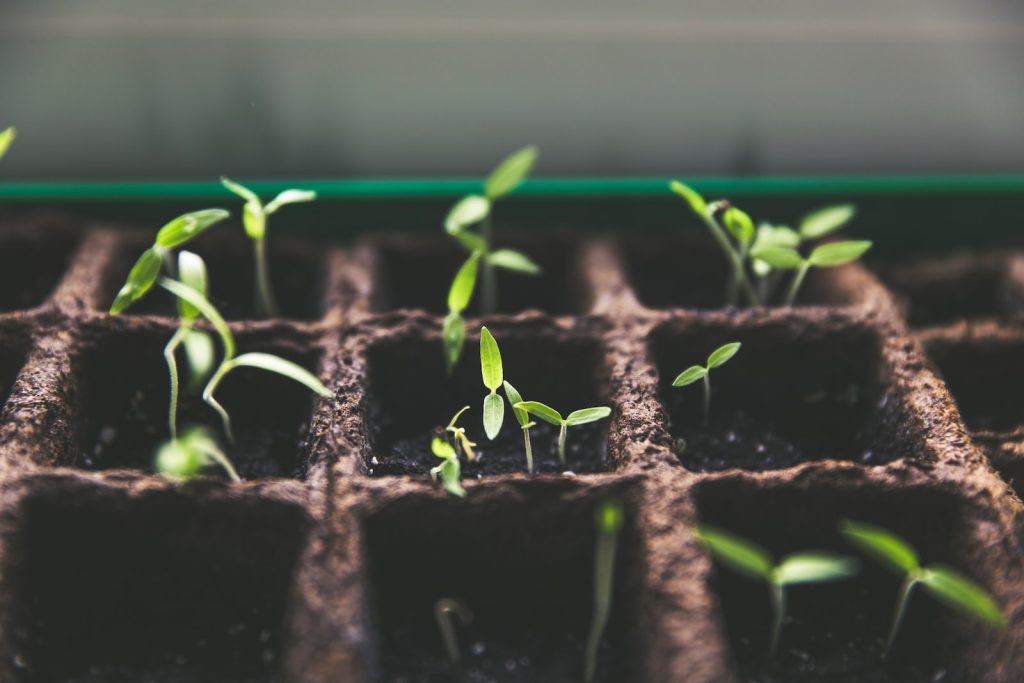
Soil: what type of soil is best for tomatoes
Tomatoes are one of the most popular vegetables to grow in home gardens, and for good reason. They’re easy to care for and produce a bountiful harvest. But in order to get the best results, you need to start with the right type of soil. There are many types of soil, but not all of them are good for tomatoes. When it comes to planting tomatoes, you want to make sure the soil is loose and well-drained. This will help the roots establish themselves quickly and encourage healthy growth. Adding some organic matter like compost or manure will also help improve drainage and add nutrients to the so
How to plant tomatoes
To plant tomatoes, first dig a hole that is large enough to accommodate the roots of your tomato plant. Gently remove the plant from its container and loosen the roots. Place the plant in the hole and fill it with soil, tamping it down gently. Water the plant thoroughly to remove any air pockets. If you are growing your tomatoes in a container, make sure that it has enough drainage holes and is at least one foot wide. Fill your container with potting soil. Water well until the water runs out of the bottom of the container.
Watering
Watering tomatoes is important to their growth. Without enough water, the plants will not be able to grow properly. The optimal amount of water for tomatoes is about 1 inch per week. If the weather is particularly hot or dry, you may need to water more frequently. Water early in the day so that the foliage has time to dry before nightfall. Mulching around the plants will help retain moisture in the soil and prevent fruit from rotting on the ground.
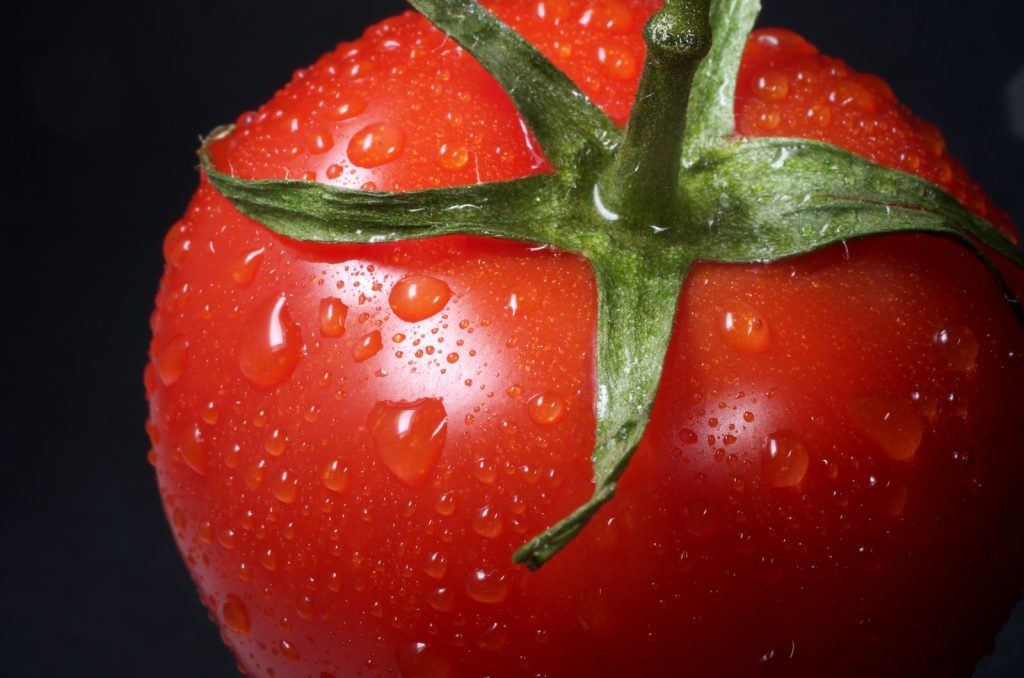
Fertilizing
Fertilizing tomatoes is a vital part of ensuring a healthy plant and a bountiful harvest. A good tomato fertilizer will provide the nutrients that the plants need to grow strong and produce plenty of fruit. There are many different types of tomato fertilizer available, so it is important to choose one that is best suited for your plants. There are two types of fertilizer: organic and inorganic. Organic fertilizer comes from natural sources like compost or manure. Inorganic fertilizer is made from chemicals. Tomatoes need a lot of nitrogen, so look for a fertilizer that has a high first number on the package (this is the percentage of nitrogen). You can also use an all-purpose fertilizer. Apply the fertilizer when you plant the tomatoes, and then once a month after that. Just follow the directions on the package.
Pruning
Pruning tomatoes can seem like a daunting task, but it’s really not that difficult. By pruning, you can control the size and shape of your plants, as well as improve air circulation and sunlight exposure. Follow these tips to get the most out of your pruning efforts:
- When to prune: The best time to prune tomato plants is in the early morning hours, before the sun gets too hot. This allows the plant to heal quickly from any pruning wounds.
- How to prune: First, remove any dead or diseased leaves and stems. Next, trim off any suckers that are growing from the main stem. Finally, cut back any branches that are longer than about 12 inches. Use sharp, clean shears to make clean cuts at a 45-degree angle about 1/4 inch above a leaf node (the point where leaves attach to the stem). Avoid cutting into the main stem of the plant.
- Why prune: Pruning helps prevent disease by removing diseased or damaged leaves and stems.
Staking & trellising
When it comes to tomato plants, staking and trellising are two different yet similar methods of support. Staking is when you insert a stake into the ground near the plant and tie the plant to the stake with string or twine. Trellising is when you create a frame around the plant and train the plant to grow up the frame. Both staking and trellising have their pros and cons. Stakes are less expensive than trellises, but they can be more difficult to install properly. Trellises take up more space than stakes, but they can provide better support for heavy fruit production. Which method you choose should ultimately come down to your personal preference and growing conditions. If you have limited space, then staking might be the better option.
Harvesting: when and how to harvest tomatoes
When it comes to tomatoes, there are two schools of thought on harvesting. Some believe that you should wait until the tomato is fully ripe on the vine before picking, while others feel that you can pick them when they’re still green and let them ripen off the vine. If you’re unsure when to harvest your tomatoes, here are a few tips to help you decide. One way to tell if a tomato is ripe is to gently squeeze it. If it’s soft to the touch, it’s probably ready to be picked.
Another indicators of ripeness are cracks in the skin or change in color from green to red or yellow (depending on the variety). If you’re going to let your tomatoes ripen off the vine, pick them when they’re just starting to turn color and store them in a cool, dark place. You can also store your homegrown tomatoes in the fridge. They’ll keep for up to two weeks. Oxford scientists discover how to alter colour and ripening rates of tomatoes.
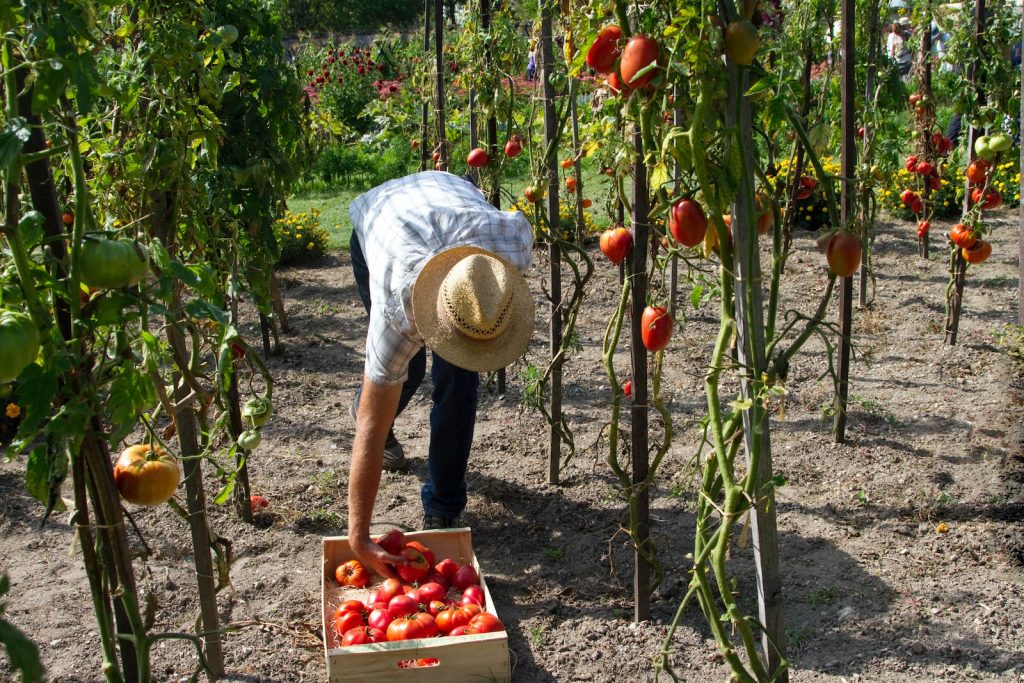
Troubleshooting common problems
When it comes to tomatoes, there are a few common problems that can occur. But don’t worry, with a little troubleshooting, you can get your plants back on track.
Here are a few tips on how to troubleshoot common problems with tomatoes:
- One common problem when growing tomatoes is blossom end rot. This is caused by a lack of calcium in the fruit, and can be prevented by adding lime to the soil before planting.
- If your plants are wilting, it could be due to a lack of water. Make sure to check the soil and water accordingly.
- If you notice your plants are yellowing, they could be lacking in nutrients. Add some compost or organic matter to the soil to help out.
- If you see tomatoes cracking or splitting, it’s usually due to too much water. Allow the soil to dry out between watering and you should see an improvement. Cracking can also be a sign that the weather is too cold or too hot. Check the temperature during the day and make sure it’s between 70 and 75 degrees F.
- Finally, tomatoes can be susceptible to fungal diseases such as early blight and septoria leaf spot. These can be controlled by spraying the plants with a fungicide containing a protectant such as mancozeb or chlorothalonil.






















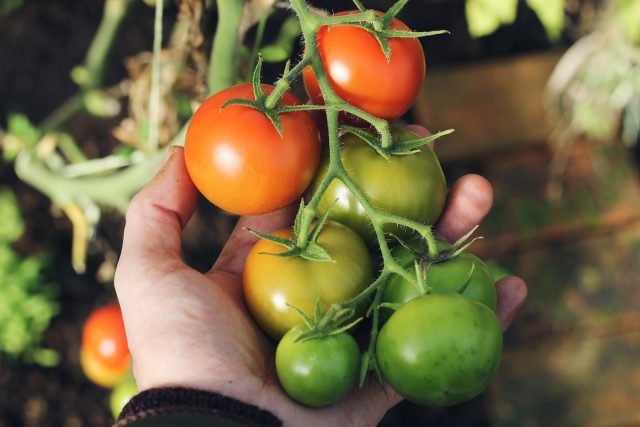








Thank you for nice information.